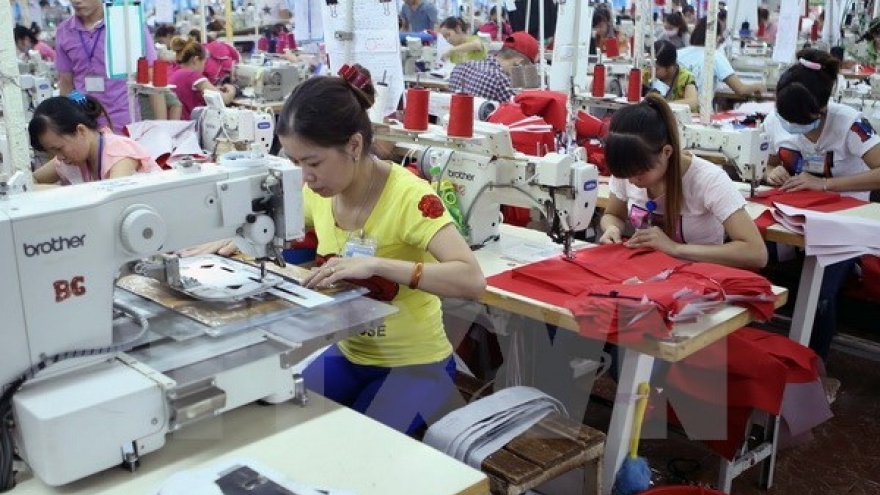SMEs urged to build brands
Brand building must be the core of small-and medium-sized enterprises’ (SMEs) competition strategies going into the fourth industrial revolution, experts said at conference in Hanoi on January 16.
However, most SMEs were reportedly using outdated technologies, Nam said, citing statistics showing that only 10% of SMEs have applied modern technologies.
“Updating SME’s approaches is essential to their competitiveness,” Nam said.
 |
According to Nguyen Quoc Thinh, National Branding Programme consultant, SMEs should not aim at competing by price but by brand. “When asked, roughly 90 percent of firms said that improving competitiveness could be achieved through lowering prices and enhancing quality. However, SMEs should note that creating market demand should be the target.”
Economic expert Vo Tri Thanh urged SMEs to link with each others to develop the value chain. “This will be an efficient solution for SMEs to develop their brands.”
“Applying technology in production is also vital, which will create pressure on firms to use resources efficiently and create high-added value products,” Thanh said.
Le Van Anh, Director of the Centre of Law Consultancy and Human Resource Development, said that only 21 percent of Vietnamese SMEs managed to participate in the global value chain, compared to 30% in Thailand and 46 percent in Malaysia. Vietnamese SMEs are mainly services firms with a mere 20 percent operating in manufacturing. About 85% of them have revenue below VND2 billion (US$88,800) per year.
From a different angle, Nguyen Van Toan, Deputy Chairman of the Vietnam Association of Foreign Invested Enterprises, said that SMEs’ credit access must be improved.
Toan said capital had been among the biggest difficulties for SMEs; they struggled to get credit due to a shortage of mortgaged assets and an ineligibility for trust-based loans.
He said that the Government should raise policies to promote venture capital to create resources for start-ups.
Do Thuy Duong, Director of TalentPool, an SME operating in capacity training, said that the dynamics of SMEs were of significant important in competition. “SMEs, themselves, must be active. Competition is for development, not inhibition.”
A survey by the Association of SMEs revealed that SMEs accounted for 98% of the total number of firms in Vietnam. Just 2.2% of the firms were of medium size, while the rest were of small and super small sizes.
However, SMEs provided jobs for 51% of the country’s workforce and contributed to 40% of the gross domestic product.
The Government is drafting a law on supporting SMEs which is expected to give them a boost. The private sector is recognised as a main driver for Vietnamese growth.



